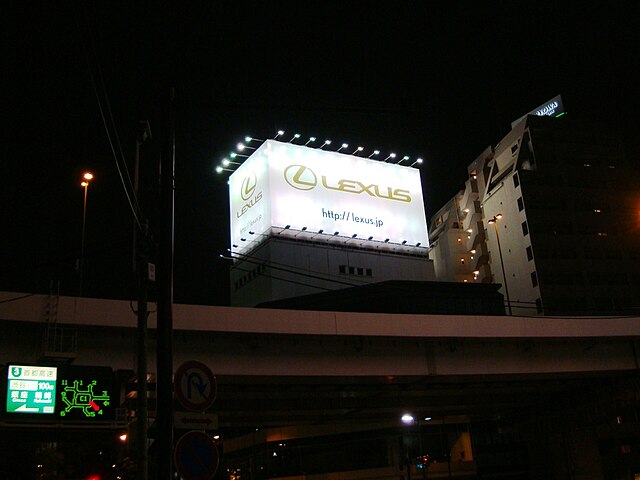
Artificial light is an inescapable part of modern urban life, but its unchecked use is causing serious consequences. A growing body of research reveals that excessive nighttime lighting, often referred to as ALAN (artificial light at night), is contributing to significant environmental, ecological, and health issues across the globe.
In 2016, scientists estimated that 83% of the world’s population, and nearly everyone in the U.S. and Europe, live under light polluted skies. By 2023, the same researchers found that the night skies are brightening by 9.6% each year, the equivalent of a fourfold increase in sky brightness over a human childhood. For many city residents, true darkness is something they rarely, if ever, experience.
Contrary to popular belief, streetlights aren’t the biggest culprits. A recent German study led by Dr. Christopher Kyba, found that only 10-13% of urban light pollution comes from public streetlamps. Instead, nearly half comes from mounted lighting, most of it unshielded and directed upwards into the night sky. Billboards, in particular, are a major offender. Brightly lit and often positioned high off the ground, these signs cast light into the atmosphere all night long.
Similar findings emerged from a study in Hong Kong, one of the world’s most light-polluted cities. During the annual Earth Hour event, researchers recorded a 50% darkening of the sky simply by switching off around 120 decorative and advertising lights on buildings. These few lights, though small in number, were found to be the primary contributors to skyglow in the area.
The impacts of this over-illumination go far beyond wasted energy. Wildlife suffers as birds, bats, frogs, and insects are often disoriented or harmed by artificial light. Plants are affected too, with urban growing seasons extended by several weeks compared to rural areas. For humans, chronic exposure to ALAN has been linked to disrupted sleep, stress, heart disease, and even increased risk of certain cancers.
The solution? Be smarter with light. Cities should limit new illuminated and digital billboards and begin considering the removal of existing ones. Illuminate only where necessary, use downward-shielded fixtures, install motion sensors or timers, and reduce decorative lighting. Light pollution is not just about aesthetics; it is a real environmental threat, and cities must start treating it as one.
To help protect our skies and preserve the beauty of the night, consider supporting Scenic America. We are dedicated to reducing visual blight, including light pollution. Join Scenic America’s movement for clearer skies and healthier communities today.